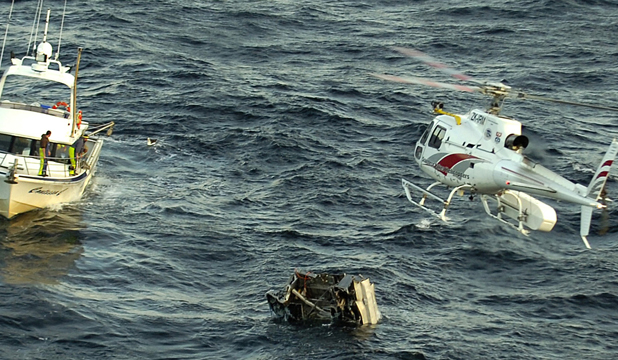Amurskaya
The 50 meter long, 611 dwt freighter Amurskaya was reported missing in the Okhotsk Sea near the Shantar Islands. Authorities reported that the Amurskaya’s EPIRB distress signal was received. Initial attempts to contact the vessel failed and it is possible the vessel foundered in the bad weather and heavy seas. The authorities have started a search and rescue for the Amurskaya and 11 crew members. Reports state the 84 meter long, 1660 dwt tanker Novik assisted with the search effort. The tanker arrived on the scene where the signal was sent, but found no signs of the crew or vessel. Authorities state it is possible the signal was due to an emergency buoy falling overboard and the Amurskaya could be still afloat.
Related articles
- Ship with 11 crew goes missing in Russia (news.com.au)
- Russian ship missing in Okhotsk Sea, 11 on board (worldbulletin.net)
- Russian ship missing in rough Okhotsk Sea, 11 on board (news.terra.com)




